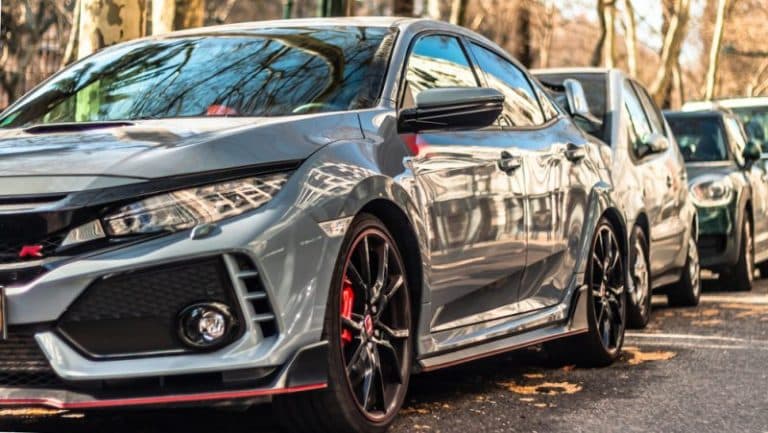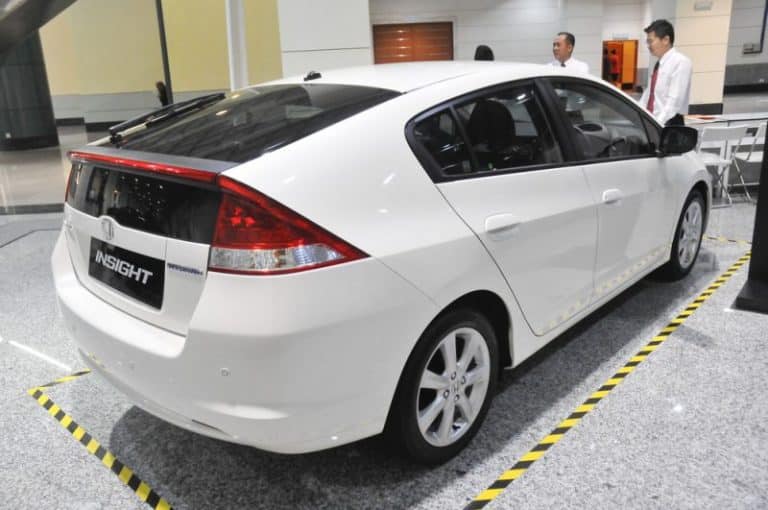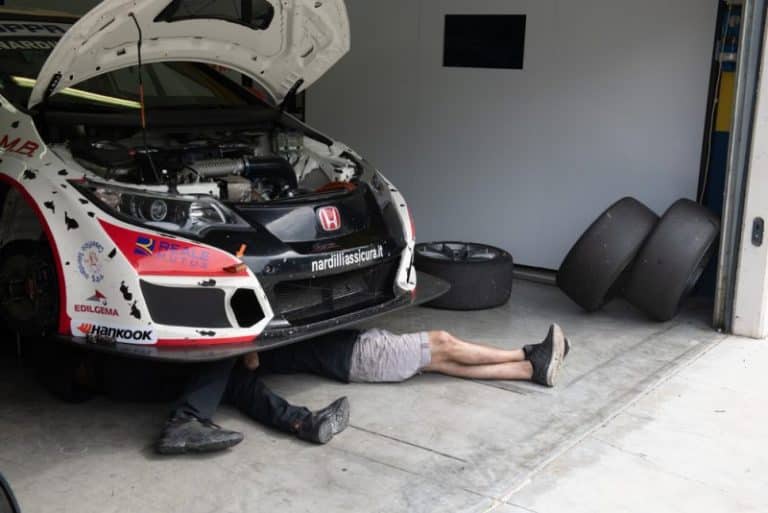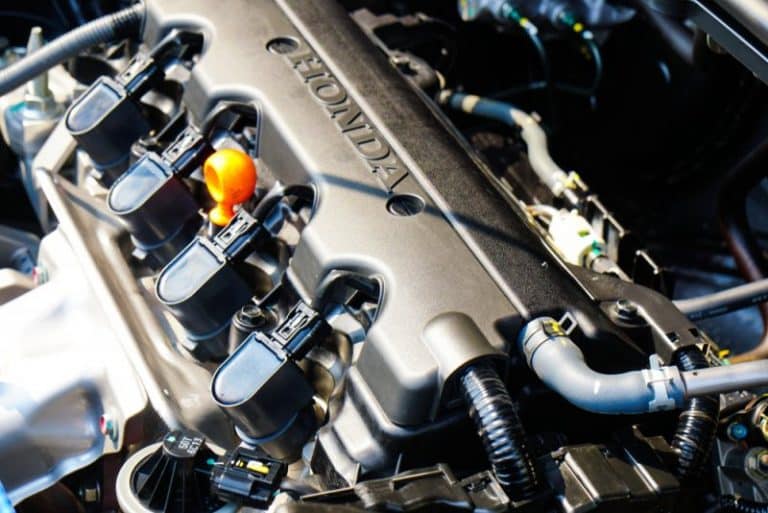Can Honda Extended Warranty Be Transferred?
Selling or buying a Honda can be your concern as you seek to discover if Honda’s extended warranty is transferrable to the new owner.
First, however, you must realize the importance of every Honda having an extended warranty.
It can cost you a lot of fortune when a Honda breaks down, but you’ll have financial support if your Honda has an extended warranty plan.
Honda’s extended warranty is transferrable from one user to another. However, most Hondas’ warranty has expired, while others are so close to expiration. Therefore, you mustn’t forget to acquire an extended Honda warranty or vehicle protection plan when buying a used Honda.
Is Honda Extended Warranty Transferable?
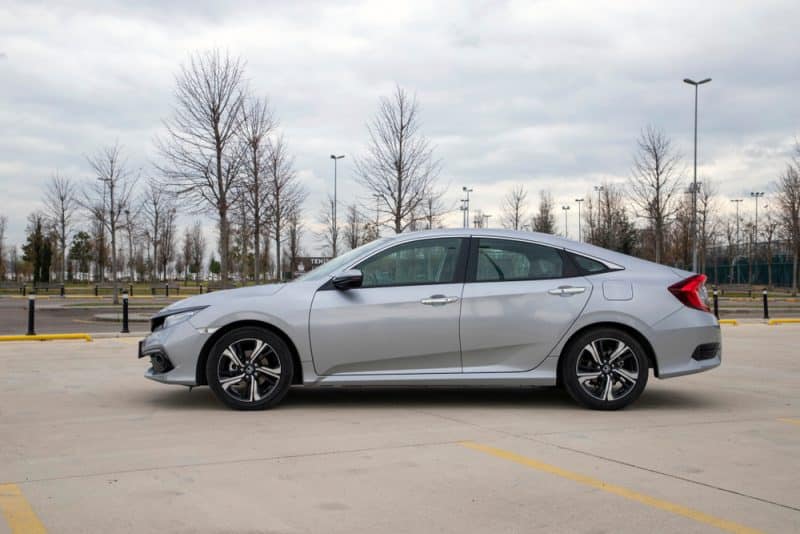
Though Hondas are dependable, they also get into trouble while driving. Due to potholes or sharp objects, your vehicle’s tires may suffer punctures, thus creating expenses. Let’s find the fact if Warranty Cover Tires?
But, if you’ve got an extended warranty on your Honda, you will not be charged. Transferring a Honda extended warranty to a new user is possible.
It would help if you got an extended warranty plan when selling a car because it makes your vehicle desirable to buyers and sells high.
However, this works when you have a transferable warranty.
If you’re seeking to buy a Honda, I advise you to take an extended Honda warranty/ vehicle protection plan.
Does Honda Extended Warranty Transfer to a New Owner?
If the Honda is still under the original Honda factory warranty, you can transfer the warranty. You may also know whether Honda Dealers Transfer Cars?
The manufacturer or an authorized dealer sells a legitimate extended car warranty.
When you acquire a new Honda car, you have protection against faults in materials or quality that originated at the factory.
This standard warranty starts on the selling date of the new vehicle and lasts for three years or 36,000 miles.
New Hondas have a five-year or 60,000-mile powertrain limited warranty and supplemental warranties addressing corrosion perforation, emission components, and safety belts.
In addition, buyers of new Honda cars are also eligible for 24-hour Roadside Assistance within the New Vehicle Limited Warranty period.
If you find trouble with your new Honda, book an appointment with an authorized service center for diagnosis and assistance.
If you have a new or used automobile, it’s crucial to understand the cost of owning a vehicle.
In addition, understanding the expenses of your vehicle’s maintenance needs and those of any necessary repairs will help you avoid any unexpected and costly failures down the line.
Buying an extended warranty plan (though not strictly a warranty by definition) can help you prevent costly out-of-pocket repair expenditures due to unexpected failures and ordinary wear and tear damage.
Can I Transfer My Extended Car Warranty to My New Car?
The standard warranty on a vehicle can expire within three to five years, depending on the automobile you’re buying, so going for an extended warranty plan after that could make all the sense.
Furthermore, your finance manager may inform you that you can receive a refund if you don’t want or utilize it, which is technically correct, but there are some restrictions.
Depending on the manufacturer/ dealer you are negotiating with, there could be a transfer from your old car to the new one.
It often happens when they are of the same model or made by the same manufacturer.
You can, however, talk with your manufacturer to see if they would transfer your extended car warranty to your new car.
How Do I Transfer My Honda Care Extended Warranty?
Honda, like all manufacturers, will sell you a vehicle warranty that extends beyond the manufacturer’s standard warranty. Honda Care is the name of the program.
After the original Honda warranties have expired, this warranty will take over.
You can extend the coverage you get when you buy a new or nearly new Honda for added peace of mind and to help you budget for unexpected enormous repair costs.
A manufacturer’s/ factory warranty covers a new car for many years or miles. But what if you decide to sell the car before the warranty runs out?
Is the factory warranty transferable, you might wonder? You can transfer Honda Care within 30 days of selling your car to a private owner.
To the new owner, you can transfer the remaining miles or time on a used car’s factory warranty.
The car’s vehicle identification number (VIN) links to the manufacturer’s warranty, not the original owner’s name.
For example, if your Honda factory warranty is for three years and 36,000 miles, and your Honda is two years old with 28,000 miles, you still have coverage that you can sell with the car.
Buying a car with a factory warranty has its advantages, but even the best new car warranties are limited, and some automakers do not allow warranties transfer.
You’re responsible for the total cost of repairs once you’ve run out of miles or time.
Types of Car Extended Warranties?
There are two types of extended warranties: those offered by carmakers (also known as original equipment manufacturers or OEMs) and those provided by third-party vendors (aftermarket warranties).
A car manufacturer, such as Audi, Ford, Mercedes, or Toyota, is an OEM. A third party is a company that isn’t a direct affiliate of a car brand, such as an insurance or warranty provider.
#1. The Manufacturer Warranties
The OEM offers two warranties when a vehicle is new: powertrain and “bumper to bumper.”
A powertrain warranty protects your engine and transmission from manufacturing flaws that could cause your engine or transmission to fail to perform as intended.
Most other items in the vehicle are under a bumper-to-bumper (also known as “limited”) warranty.
Bumper-to-bumper warranties cover navigation systems, power seats, onboard computers, electronics, and significant components under the hood.
An OEM’s extended warranty will mirror the original one, extending the coverage period and mileage allowance.
In addition, some companies will include extras like roadside assistance.
When deciding which warranty is proper for you, you may have the option of choosing one with or without a deductible.
The higher the deductible, like with auto insurance, the cheaper the policy. The good news is that OEM warranty deductibles are typically low, rarely exceeding $200.
#2. The Third-parties Warranty
Many third-party or so-called aftermarket warranties cover the same things that OEM warranties do.
However, some third-party warranties have exclusions, rules, and requirements, unlike OEM warranties.
For example, some third-party warranties have strict limitations on where to repair your vehicle and high deductibles.
In addition, there is no guarantee that they will use OEM parts for the repair.
Another significant distinction is how the insurance works. You may be required to pay for a repair out of pocket and then file a claim to be reimbursed later under a third-party warranty.
This process is mostly slow, and recouping what you paid for covered items could take months.
If you’re thinking about getting a third-party warranty, understand the payment terms upfront.
Aside from these drawbacks, third-party warranties are typically less expensive than OEM warranties. In addition, a third-party warranty may be the only option in some situations.
For instance, if you buy a used Ford at a Hyundai dealership; the Hyundai dealership is unlikely to be able to offer you a Ford OEM warranty.
If you’re thinking about buying a third-party warranty, read the coverage details carefully before agreeing to have it included in your purchase.
Conclusion
Getting an extended warranty coverage for your vehicle is essential as it helps curb the issue of unnecessary spending.
Vehicle protection plans involve many parts of your car, such as wheels, tires, e.t.c.
If you find it hard to get an extended warranty, you need to meet an authentic dealer or manufacturer to get a vehicle protection plan for your automobiles.

